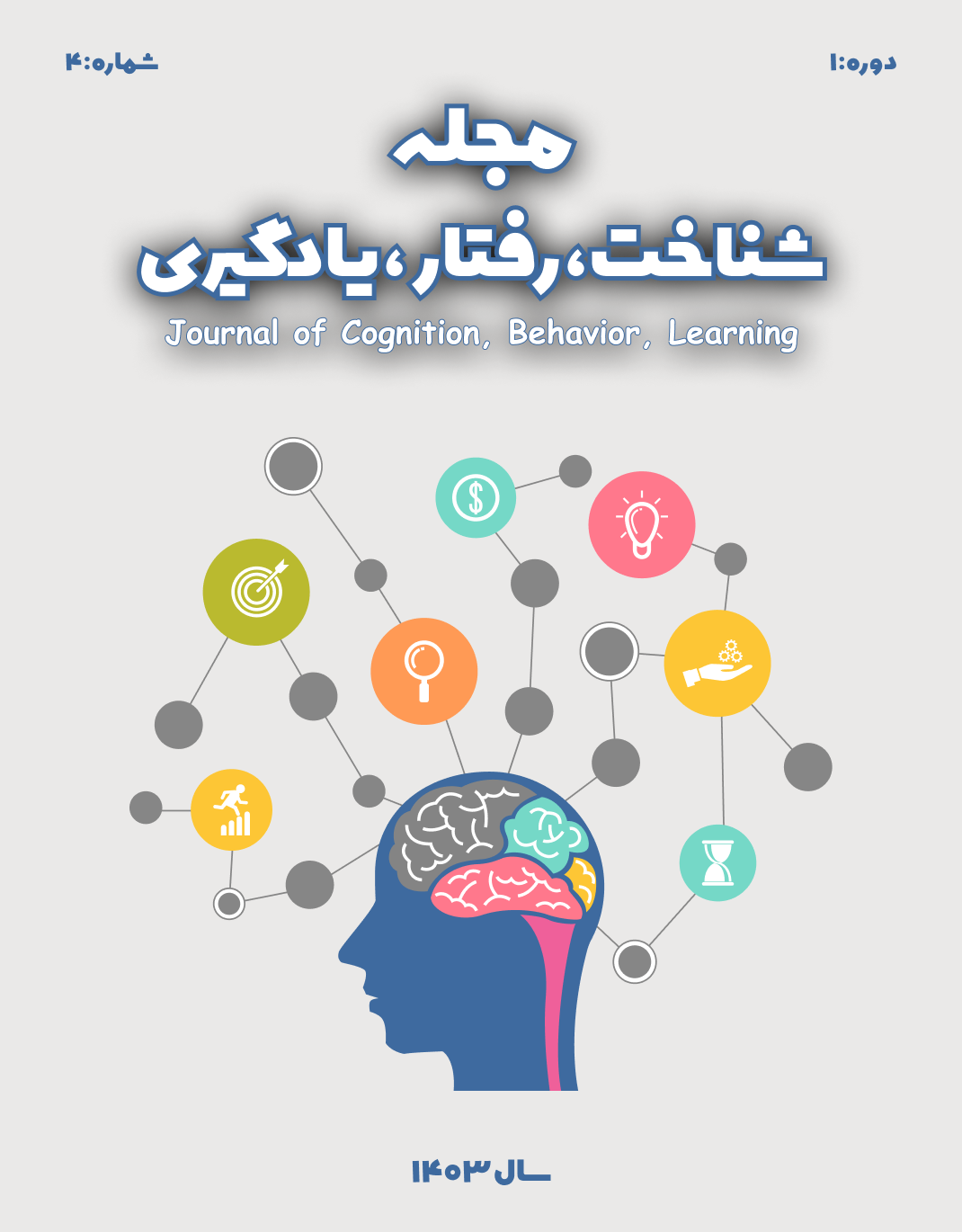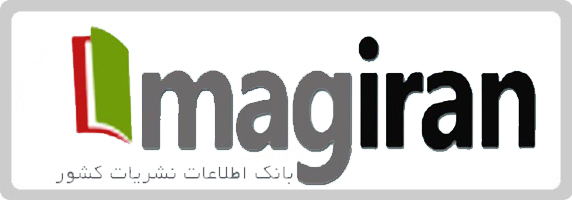Identifying the constructive components of cultivating creativity among junior high school students in geography lessons in Dhi Qar Province
Keywords:
Component, creativity, geography lessonAbstract
The present article investigates the identification of the components that contribute to the development of creativity in junior high school students in geography. The statistical population consists of junior high school teachers in Dhi Qar, 340 people, of whom 181 (110 women and 71 men) were selected using the Morgan table. The measurement tool for this study was a 102-question questionnaire developed by the researcher, of which 96 questions were approved, which was collected through interviews and a review of global and national theories and then sent to the sample group. The validity of the questionnaire was examined through concurrent validity and reliability was calculated using Cronbach's alpha. Finally, it was analyzed using an exploratory factor analysis test of the type of principal component analysis. The results of the factor analysis indicate that the components of creativity development in geography include 21 components, which are: technological skills (11.30), family attitude (10.62), family culture (10.57), organizational structure (10.25), resources Finance (9.79), management (9.30), educational system (8.92), goal setting and planning (8.57), educational content (8.25), learning strategies (7.97), creativity training (7.90), evaluation (6.80), supportive culture (5.57), support for differences (5.43), growth and initiative opportunities (5.33), infrastructure (5.05), technical and equipment support (4.98), educational space (4.87). Ultimately, these 21 components explained 75 percent of the total variance in creativity development.
Downloads
References
Asadi, M., & Ahmad Abadi, A. (2023). Effective Teaching Strategies in Geography Education (Case Study: Tenth Grade Humanities). Research in Social Studies Education, 5(4), 18. https://journals.cfu.ac.ir/article_3480.html
Baghaei, H., Akbari, S., & Tolouei, L. (2023). Creativity and Innovations in Schools. First International Conference on Sociology, Social Sciences, and Education with a Future-Oriented Approach, https://civilica.com/doc/1782732/
Białkiewicz, A. (2020). Architectural competitions support student creativity. World Trans on Engng and Technol. Educ, 18(2), 157-162. http://www.wiete.com.au/journals/WTE&TE/Pages/Vol.18,%20No.2%20(2020)/13-Bialkiewicz-A.pdf
Cenberci, S. (2018). The Investigation of the Creative Thinking Tendency of Prospective Mathematics Teachers in Terms of Different Variables. Journal of Education and Training Studies, 6(9). https://doi.org/10.11114/jets.v6i9.3434
Dolatshahi, Z., & Tolebi Nejad, M. (2023). Factors and Effective Strategies in Teaching Geography. https://civilica.com/doc/1940571
Hosseini, A. A.-S., & Bozorgi, A. (2023). Educational Creativity: A Comparison of the Educational Systems of Australia, Japan, and Iran. Tehran: Jahad University Press.
Imani, H., Nokhasar Zadi, H., Asadi, M., & Shahni, S. A. (2024). Increasing Creativity and Innovation Among Students in Educational Centers. Fourth International Conference on Educational Sciences, Counseling, Psychology, and Social Sciences, https://civilica.com/doc/2208210
Jae, H. L., & Soyeon, L. (2023). Relationships between physical environments and creativity: A scoping review. Thinking Skills and CreativityVL - 48. https://doi.org/10.1016/j.tsc.2023.101276
Jafari Ramishti, M. (2023). The Impact of Creativity-Based Education on Academic Performance of Second Grade Elementary Students. Fourteenth National Conference on Management and Humanities Research in Iran, https://civilica.com/doc/1703513
Kaplan, D. E. (2019). Creativity in Education: Teaching for Creativity Development. Psychology, 10(2), 140-147. https://doi.org/10.4236/psych.2019.102012
Nemat Yaar, A., Sajad, Mirzaei, N., & Davoodi, R. (2022). Study and Examination of Factors Affecting Creativity in Secondary School Students. https://civilica.com/doc/1847541
Ranjbar, M. (2020). The Impact of Art on Teaching and Learning and the Emergence of Creativity in Students. Third International Conference on Psychology, Educational Sciences, and Social Studies, https://civilica.com/doc/1227995/
Robinson, K., & Aronica, L. (2020). Creative Schools. Tehran: Tik and Avaye Noor Publishing. https://www.amazon.co.uk/Creative-Schools-Revolutionizing-Education-Ground/dp/0241003954
Sonja, V. (2023). Development of creativity in elementary school. Journal of Creativity, 33(2), 33-48. https://doi.org/10.1016/j.yjoc.2023.100055
Soodagar, A. (2020). Examining the Impact of Teachers' Information Literacy on the Growth of Creativity Among Elementary School Students in Hamoon County. Fifth National Conference on Innovative Approaches in Education and Research, https://civilica.com/doc/1152634/
Tang, C., Mao, S. A. U. N. S. E., & Xing, Z. (2022). Improving student creativity through digital technology products: A literature review. Thinking Skills and Creativity, 44, 234-244. https://doi.org/10.1016/j.tsc.2022.101032
Downloads
Published
Submitted
Revised
Accepted
Issue
Section
License
Copyright (c) 2024 أمجد فنجان هويدي (نویسنده); عباس خورشیدی (نویسنده مسئول); رنا غانم حامد, نرگس سعیدیان خوراسگانی (نویسنده)

This work is licensed under a Creative Commons Attribution-NonCommercial 4.0 International License.






